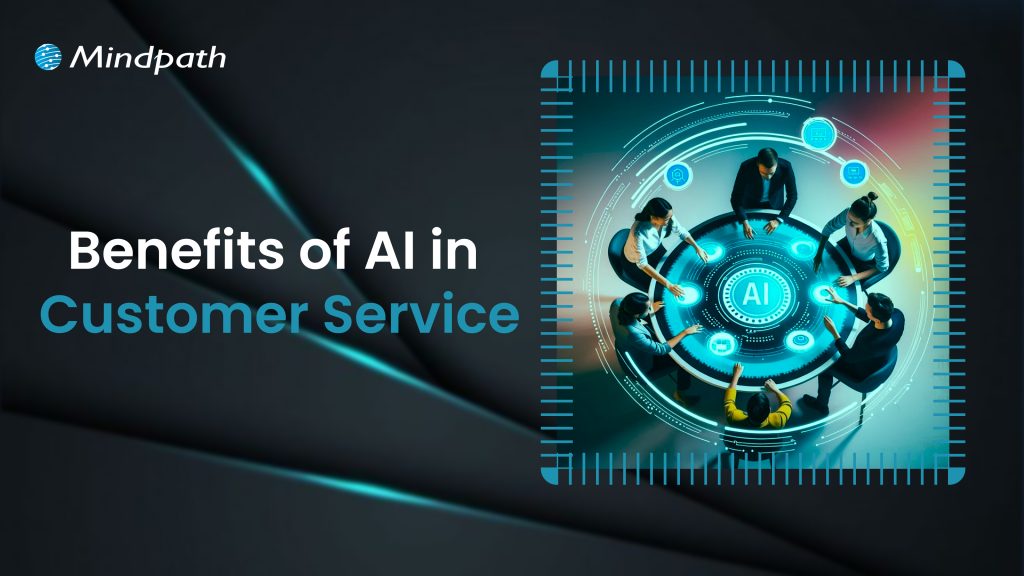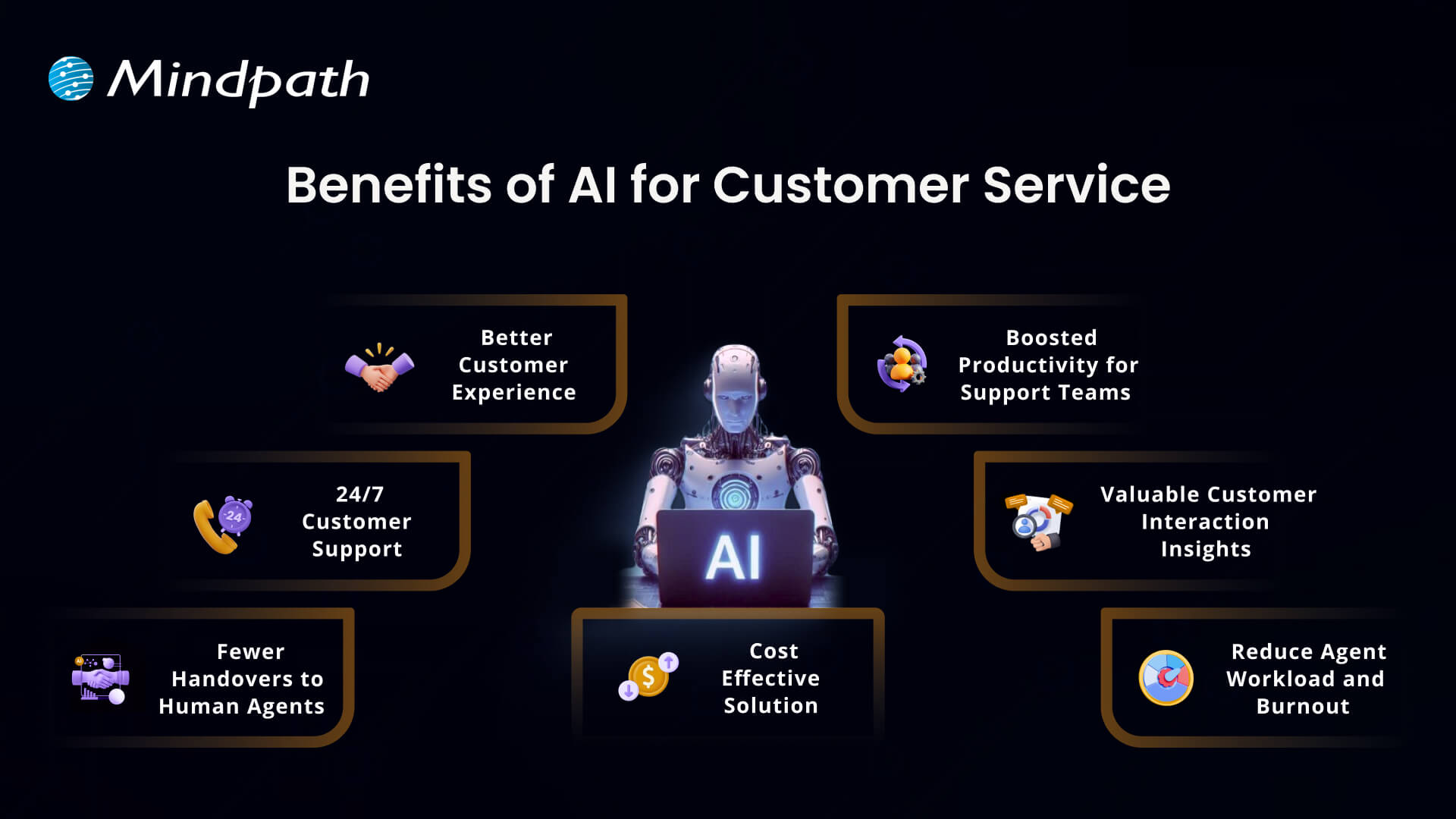1. Cost of Junior ReactJS Developers
2. Cost of Mid-Level ReactJS Developers
3. Cost of Senior ReactJS Developers
4. Factors Affecting ReactJS Developer Costs
Several factors influence ReactJS developer rates in Canada:
Experience level: Senior developers demand higher rates due to their expertise.
Location: Cities like Toronto and Vancouver may have higher costs than smaller regions.
Project complexity: Advanced features, AI integration, or real-time capabilities increase pricing.
Hiring model: Freelancers may charge lower hourly rates, while agencies offer full-service teams at a premium. Full-time employees require salaries, benefits, and overhead costs. Businesses should assess these factors when planning their development budget.
Need skilled ReactJS developers in Canada at the right price? Mindpath, connects you with top-tier talent, from junior to senior developers, tailored to your budget and project needs. Whether you’re building a scalable web app or optimizing an existing one, our experts ensure high-quality, cost-effective development. Let’s bring your project to life with the best ReactJS professionals in Canada. Contact Mindpath today and hire expert developers for your business!














